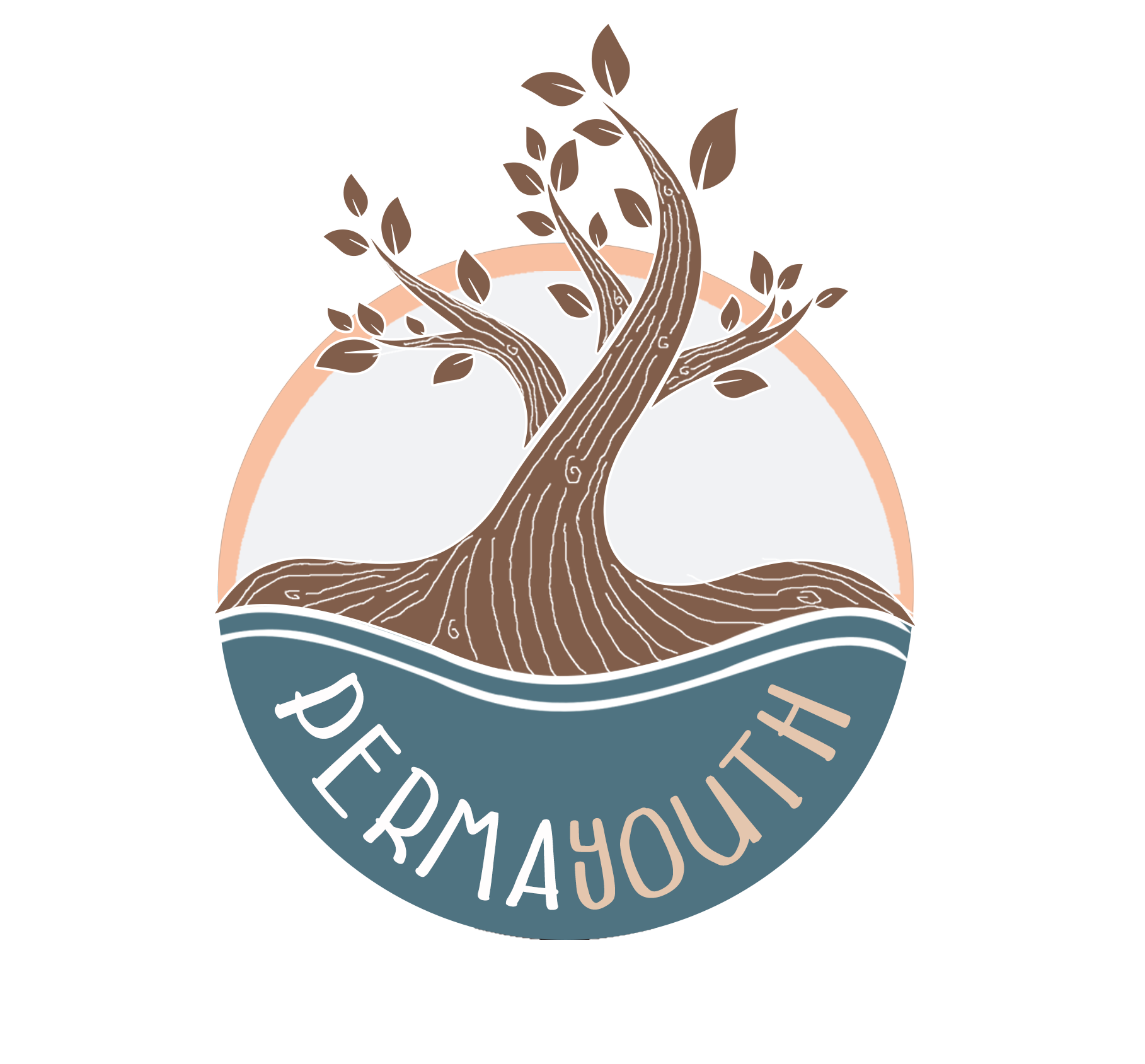🚴♀️ Introduction to the Lesson
Every journey you take can positively impact our planet. Transportation isn’t just about getting from point A to point B—it’s about how we move through the world. In this lesson, we’ll explore how mobility choices affect ecosystems, climate, and equity. From bikes to buses, from footpaths to e-scooters, we’ll look at transportation through the lens of permaculture: designing systems that care for the Earth, care for people, and share the surplus.
🎯 Learning Objectives
✔ Understand permaculture’s role in sustainable transportation.
✔ Identify innovative urban transport solutions.
✔ Analyze real-life sustainable transportation systems.
✔ Develop a sustainable mobility plan for personal use.
✔ Reflect on the connection between transport and climate, health, and community.
🛤️ Section 1: A Vision of Success
Copenhagen stands as one of the most inspiring examples of sustainable commuting:
- Over half of the population commutes by bicycle daily.
- The city boasts more than 400 km of protected bike lanes, bridges, and cyclist-specific traffic lights.
- “Green Paths” offer shaded routes with edible landscaping, biodiversity corridors, and CO₂-absorbing vegetation.
- Solar-powered mobility hubs provide bike parking, repair tools, and even local organic snacks.
This isn’t just about infrastructure. It’s about culture. It’s about designing cities for humans, not cars.
🌱 Section 2: Further Steps
Applying permaculture principles, we can redesign our transport systems:
- Adaptive Green Networks: Native, drought-resistant plants replaced more delicate ones. Swales were added to retain water and slow runoff.
- Decentralized Mobility Hubs: Beyond the center, solar-powered bike stations and community repair points can set up in outer districts. Many were co-designed with local residents.
- Inclusive Design Strategies: Subsidized e-bike programs ensured low-income users could participate. New routes should be added to public transport for underserved areas.
The result? A more resilient city—greener, fairer, and better prepared for the next wave.
🚦Section 3: The Bigger Picture
Transportation is one of the largest contributors to global carbon emissions. Private cars, fossil-fueled buses, and inefficient logistics all take their toll. But sustainable transport is not just about reducing emissions—it’s about creating connection. Sidewalks create neighbors. Buses build communities. A well-placed bike path can spark an entire neighborhood regeneration.
Through permaculture’s lens, mobility isn’t just functional—it’s cultural. It’s a reflection of how we care for each other.
💡 Activity / Discussion Task
🗺️ Create your sustainable mobility plan:
- Map your frequent routes.
- Combine transport modes sustainably (e.g., walk + bus + bike).
- Identify efficient routes and green shortcuts.
- List gear needed for year-round commuting (e.g., waterproofs, panniers, reflectors).
- Include one advocacy or education action: a poster for your school, a proposal for your city, or a video explaining your plan.
Share your ideas using #PermayouthMobility 🚲🌍
📚 Additional Resources & Further Reading
- Copenhagen Cycling Capital
- Permaculture in Urban Planning
- Sustainable Commuting Tools
- ICLEI Sustainable Urban Mobility
✅ Conclusion & Next Steps
You’ve learned how transportation affects not just your carbon footprint, but also your daily joy, your health, and your connection to place.
Permaculture asks us: how do we design systems that serve life?
In the next chapter, we’ll explore how we power these systems—with energy that respects the earth and belongs to the people.
Every journey matters—make yours regenerative. 🌍🛴
